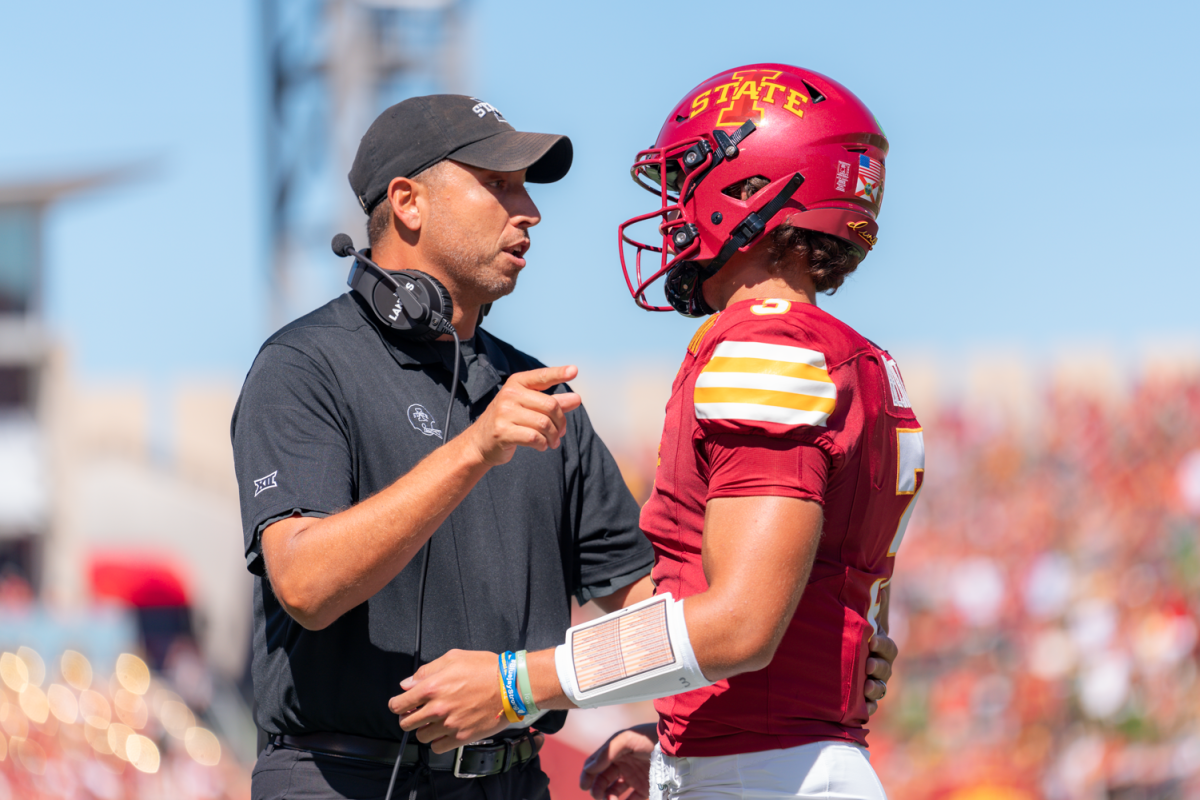EDITORIAL: Images from Iraq tell a shocking story
April 2, 2004
Charred bodies dangling from a bridge over the Euphrates River. It probably doesn’t go well with breakfast and cartoons — but it wasn’t meant to.
Four Americans working for a U.S. security company in Fallujah, Iraq, were killed Wednesday — they were burned and dragged through the streets. At least two of the corpses were hung from a bridge. They were all civilians from Moycock, N.C., reportedly accompanying a food shipment.
The New York Times, the Chicago Tribune and USA Today ran grisly photos of the horrific event on the front pages of their papers. Not only were the bodies shown, but viewers saw Fallujah residents celebrating the deaths, cheering over burning cars and hanging bodies.
And the newspapers were right in their decisions to show that scene. The photos told a story no reporter could render — especially the joy on the faces of some of the Fallujah citizens, who were so incensed about the American occupation that they violated Islamic law mandating respect of the dead.
The video and photos of the scene churned up memories of Mogadishu, Somalia, circa 1993 — an American soldier being dragged through the streets. Or maybe New York City, 2001 — World Trade Center employees jumping to their deaths.
There’s always a question of whether death scenes such as these are newsworthy. Do they add to the story? Distract from it? Violate the rights of the victims’ families?
During World War II, George Strock, a photographer for Life magazine, shot a photo of maggot-covered bodies of U.S. servicemen laying face down in the sand. Life hemmed and hawed for three weeks, debating the merits of the photo. It eventually ran, and was the first photo of killed American soldiers in a U.S. magazine. Readers were stunned.
But the military response to the photo was even more stunning. A lieutenant wrote, “Your Picture of the Week is a terrible thing, but I’m glad that there is one American magazine which had the courage to print it.” A private wrote, “This editorial is the first thing I have read that gives real meaning to our struggle.”
We’re light-years away from 1940s media — readers and viewers are inundated with grisly images on a daily, even hourly, basis. But provided in the appropriate context, these images can still move us and tell an immediate story.
Each newspaper ran articles with the photos, providing varying amounts of background information. And safely ensconced deep within U.S. borders, we learned just how precarious our position is within Iraq.
— Ayrel Clark did not participate in this editorial decision.






